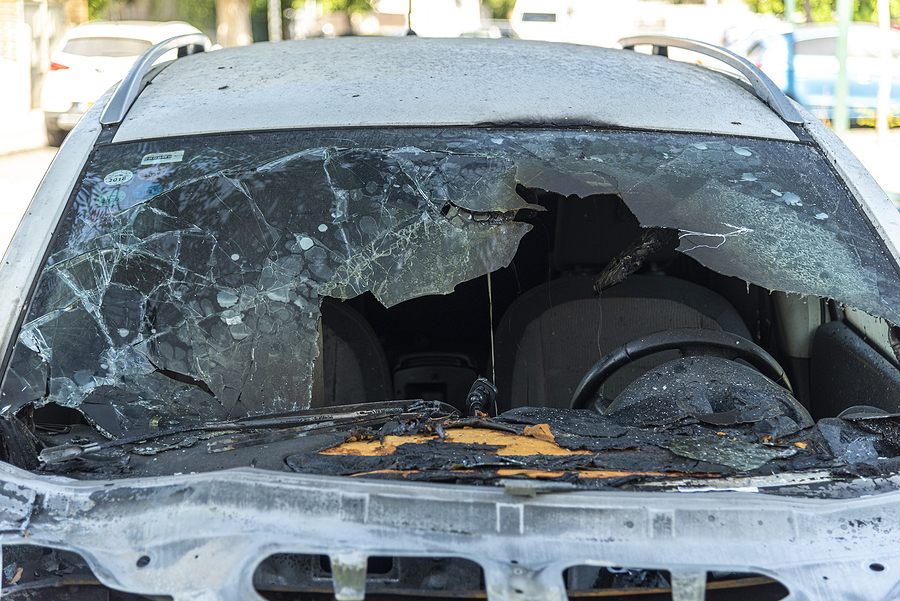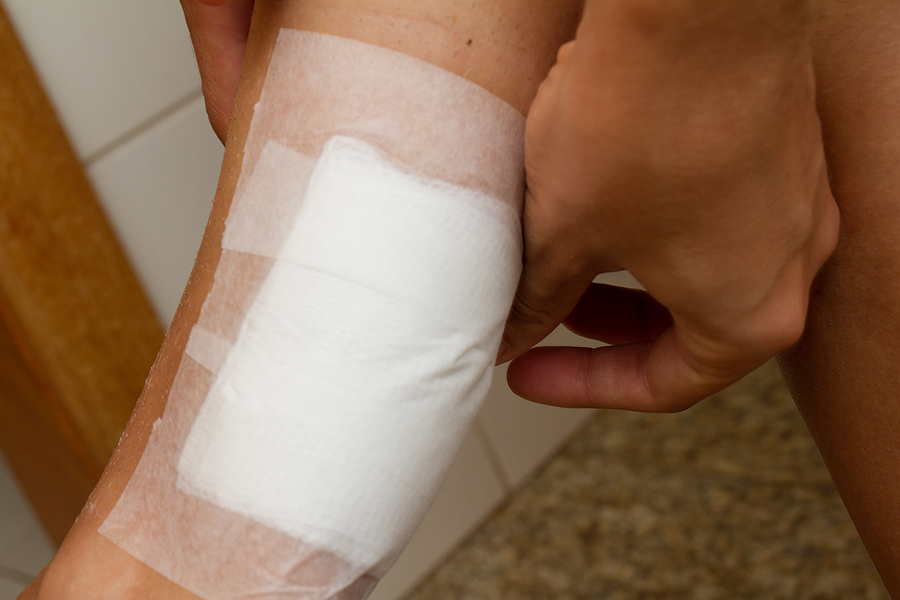Second Degree Burns
A second degree burn can be an incredibly painful injury that could require extensive medical treatment. Even if it’s not considered as serious as a third degree or fourth degree burn, a second degree burn can still lead to a great deal of suffering. Also, second degree burns can sometimes lead to higher settlements than those more severe burns. If a second degree burn covers 30% of the body, for example, that victim may be able to obtain more compensation than someone with a third degree burn that covers 10%
Any sort of personal injury case involving a burn can be extremely complex. That’s why it will be so important that you hire an attorney who has a track record of delivering positive results on behalf of clients. The attorneys with the McEwen Law Firm have that record of success, and a passion for helping the people we represent obtain as much compensation as possible.
Schedule a free consultation to learn more. You can contact us online, or you can give us a call at (800) 732-3070.
What Causes Second Degree Burns?
Even though household accidents can sometimes lead to second degree burns, people often suffer them due to the negligence of others. It’s not uncommon, for instance, for a worker to experience an electrical burn or a chemical burn due to an employer’s carelessness. Manufacturing workers can be severely injured due to natural gas explosions caused by negligence.
 Second degree burns are separated into two categories: superficial partial-thickness (SPT) and deep partial-thickness (DPT) burns. The following is a brief description of each.
Second degree burns are separated into two categories: superficial partial-thickness (SPT) and deep partial-thickness (DPT) burns. The following is a brief description of each.
- Superficial Partial-Thickness (SPT) burns. These affect the first and second layers of skin, and typically occur due to a hot object, or hot water. SPT burns are extremely painful, leading to swelling and blistering that can last for two days or longer.
- Deep Partial-Thickness (DPT) burns. DPT burns go deeper into the skin, causing it to turn white with red areas inside the affected area. Spills of grease, hot oil and other hot liquids will typically result in this type of injury. The skin will take on a spotted appearance, and may also look waxy. Even though this is usually not as painful as an SPT burn, the risk of infection is a major concern.
How do First and Second Degree Burns Differ?
A first degree burn is not nearly as severe as a second degree burn, which not only affects multiple skin layers, but may also require surgery. Second degree burns can also lead to other complications, including potentially dangerous infections. There is a chance that someone experiencing this type of injury may not have any permanent scarring. However, the deeper the burn goes into the skin, the higher the chances of scarring as well as skin discoloration.
Treating a Second Degree Burn

The course of treatment for a second degree burn will depend on the severity. If it is considered relatively mild (or as mild as this type of injury can be, at least), a doctor may clean the wound and then apply antibiotic creams to protect against infection. If the burn is severe, or covers a large area of the body, then the victim may need to remain in the hospital so they can be closely monitored.
There are some instances where extremely serious second degree burns may require a surgical procedure known as a skin graft. This is performed by removing skin from one part of the body to replace the skin that has been burned.
The Healing Process
As you might expect, the amount of time it takes to heal from a second degree burn can vary, depending on the seriousness of the injury. If the burn is superficial, then it will usually heal in a little less than a month – provided that the patient takes care of the wound, making sure it remains clean. If the burn goes deeper into the skin, then it can take a great deal longer to heal.
A minor burn will heal in a manner similar to a small cut. A blister will develop to cover the affected area. This allows white blood cells to arrive, protecting the injury from infection by killing any bacteria that may be present. A new layer of skin will start to grow inward from the edges of the area that was burned.
Unfortunately, severe burns can be much more complicated. The reason is the body can’t produce enough new skin fast enough to keep bacteria out. This greatly increased infection risk. That’s why skin grafts are often used.
Do Second Degree Burns Cause Long-Term Damage?
An accident resulting in a second degree burn can have a lasting impact on a victim, from both a physical and emotional standpoint.
Victims will sometimes have to deal with permanent scarring. Not only is this unsightly, it can also result in reduced quality of life. Scars will sometimes form on each side of a joint, such as an elbow or a knee. When this happens, the victim may not be able to move the joint as normal without extensive physical therapy. If the burn leads to nerve damage, those nerves will need to regenerate. A victim may lose their sense of touch for an extended period of time as a result.
There is also the emotional aspect of any sort of burn injury. The victim may suffer from nightmares due to the horror of the accident, or other types of mental trauma. This will be even more of a risk if the accident resulted in a death, or the destruction of prized possessions.
Did You Suffer Second Degree Burns Because of a Personal Injury Incident? Contact McEwen Law Firm Today
If you’ve been forced to experience the pain and emotional trauma of a second degree burn due to the negligence of someone else, you deserve compensation. A burn injury attorney with the McEwen Law Firm will do everything possible to help you get it.
Please don’t hesitate to get in touch with us for a free case review. You can call (800) 732-3070, or you can use our online contact form.
